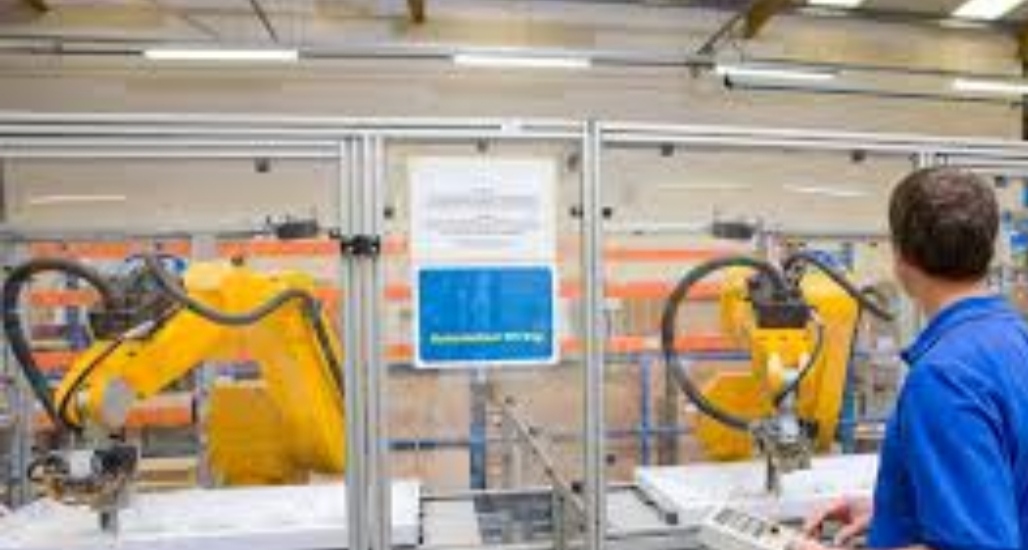In the ever-evolving landscape of the job market, the concept of job growth has taken on new dimensions in recent years. The traditional model of employment, characterized by long-term stability and career progression within a single company, has given way to a more dynamic and fluid paradigm. To understand job growth in this new era, we must consider several key factors that are reshaping the way we work.
Firstly, the digital revolution has fundamentally altered the nature of work. Automation and artificial intelligence have both eliminated and created jobs. While routine tasks are increasingly automated, new opportunities arise in fields like data science, cybersecurity, and AI development. Thus, job growth is no longer linear; it’s a complex interplay of job displacement and creation.
Secondly, the gig economy has become a significant driver of employment. Freelancers, independent contractors, and gig workers now make up a substantial portion of the workforce. This shift offers individuals greater flexibility and diverse income streams, but it also raises questions about job security and benefits.
Thirdly, the COVID-19 pandemic accelerated remote work adoption. Companies worldwide have realized the feasibility of remote work, leading to a reevaluation of traditional office-based employment. This has the potential to redistribute job opportunities beyond major urban centers, promoting job growth in smaller communities.
Moreover, sustainability and environmental concerns are shaping job growth. The green economy is on the rise, creating jobs in renewable energy, sustainable agriculture, and eco-friendly technology. As society becomes more environmentally conscious, these sectors are expected to expand significantly.
In conclusion, job growth in this new era is a multifaceted phenomenon driven by technological advancements, shifts in work arrangements, remote work trends, and sustainability concerns. Individuals navigating this landscape must adapt, upskill, and embrace flexibility. Employers, too, must rethink their strategies to attract and retain talent. In this dynamic environment, understanding job growth is not just about rising with the tide but also about surfing the waves of change




